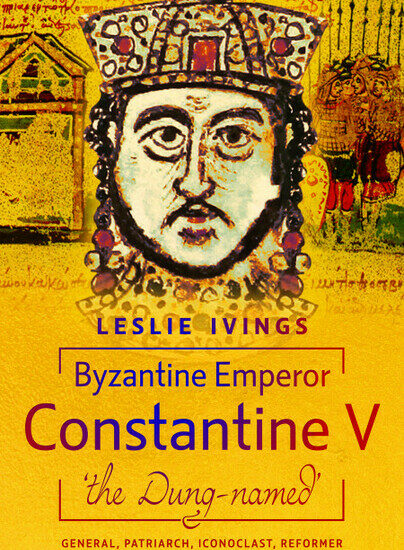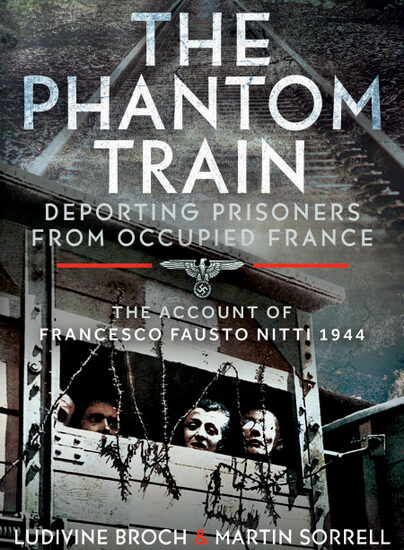COLD WAR ‘TOP GUN’
Author guest post from Wg Cdr Alan D P Dyer-Perry.
The very last thing that I ever thought I might do was to write a proper book – let alone one about myself! I have never liked talking about my own dubious virtues or otherwise, and certainly I have never mastered the art of self promotion. Yet somehow this book emerged. I had always considered such publications and especially those with a military bent as being little more than some sort of outpouring of vanity. However…
In 2023, I found myself dealing with a tricky health issue and decided it might be prudent to think about getting my affairs in order. On delving into the various dusty corners of the house in search of any relevant papers, I found a heap of memories – from financial papers and photographs to my flying logbooks. It occurred to me that I might try to put into context the stepping stones – of my military career – into one place. I thus set about the project – still without any idea of what I might do with it – except for the fact that it might provide some entertainment for my grandchildren in the distant future. Then vanity did get hold, and once I had written something half-coherent, I submitted my less than eloquent words to Pen and Sword. And that was it.
It is very hard to be objective about one’s own creative work. However, not knowing any better, I gave myself a few guidelines. Firstly, I wanted to write something that provided a broad sweep of a career in military aviation over the mid to final years of the Cold War. Secondly, I wanted to paint a personal picture of developing maturity over the years and how one’s attitudes can change dramatically both with luck and adversity. Lastly, I wanted to ensure a flowing narrative that might appeal to both the aeronautical enthusiast and the general reader.
In brief, my book:
- Charts the motivation of a young man from an unremarkable provincial background who, following a chance remark by a working colleague, decides to pursue a career in military aviation.
- Follows the author’s professional development and training to become a Cold War fast jet, strike/attack aviator, and later progression to frontline experience, flying four of the Cold War’s greatest ‘Fighter Bombers’…
- Depicts the ethos, dangers and life serving on historic frontline squadrons in UK, USA and Germany with the RAF, USAF and the GAF.
- Addresses from a highly personal viewpoint, the paradoxical executive challenges, stresses and utter frustration facing spirited aviators in sedentary command headquarters.
- Discusses the contradictions of Cold War doctrine, and its detrimental legacy on planning for global operations. Gives a first hand account of involvement in developing a new NATO readiness capability for rapid air reinforcement operations following the political drive to bring home the ‘Peace Dividend’.
- Concludes with a description of working as ‘our man’ embedded in a USAF command headquarters during times of crisis, and his final career flight in the F-15E Strike Eagle – a fifth ‘Fighter Bomber’ – possibly the most capable aircraft of its generation…
As Background:
I was born just before the Second World War came to an end in Europe. Throughout my childhood and early work years, an ambition of a military flying. career was always at the back of my mind, but I did not approach the issue until five years after leaving school. Initially, I worked in the civilian world both in the Meteorological Office, and then in London with Shell Mex and BP. Following a chance comment by a working colleague I was prompted to apply for RAF aircrew training. I passed the selection test and set on the path to become an officer and an aviator. At the end of training, I was selected for a front line Canberra Strike/Attack squadron in Germany in 1969.
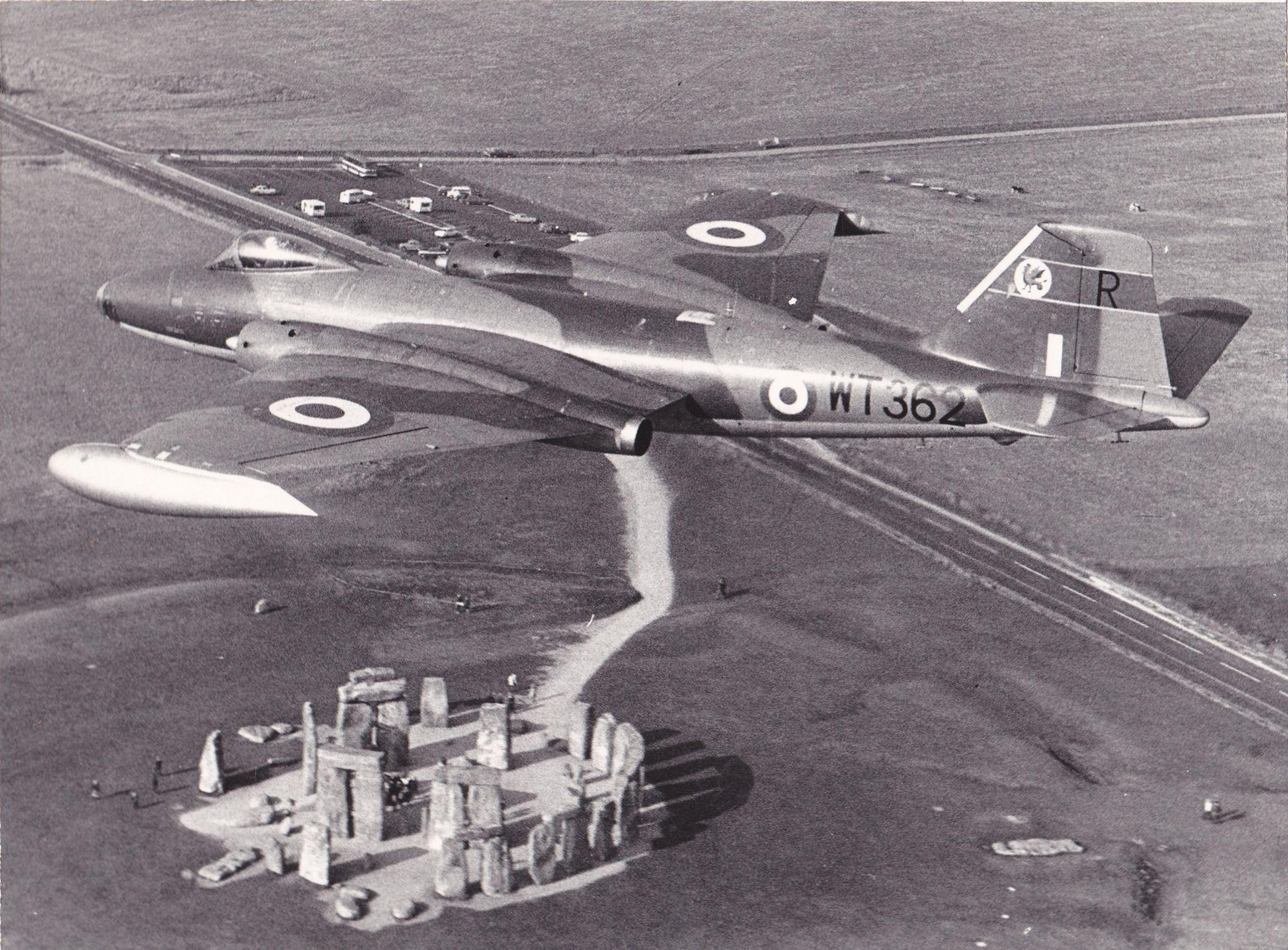
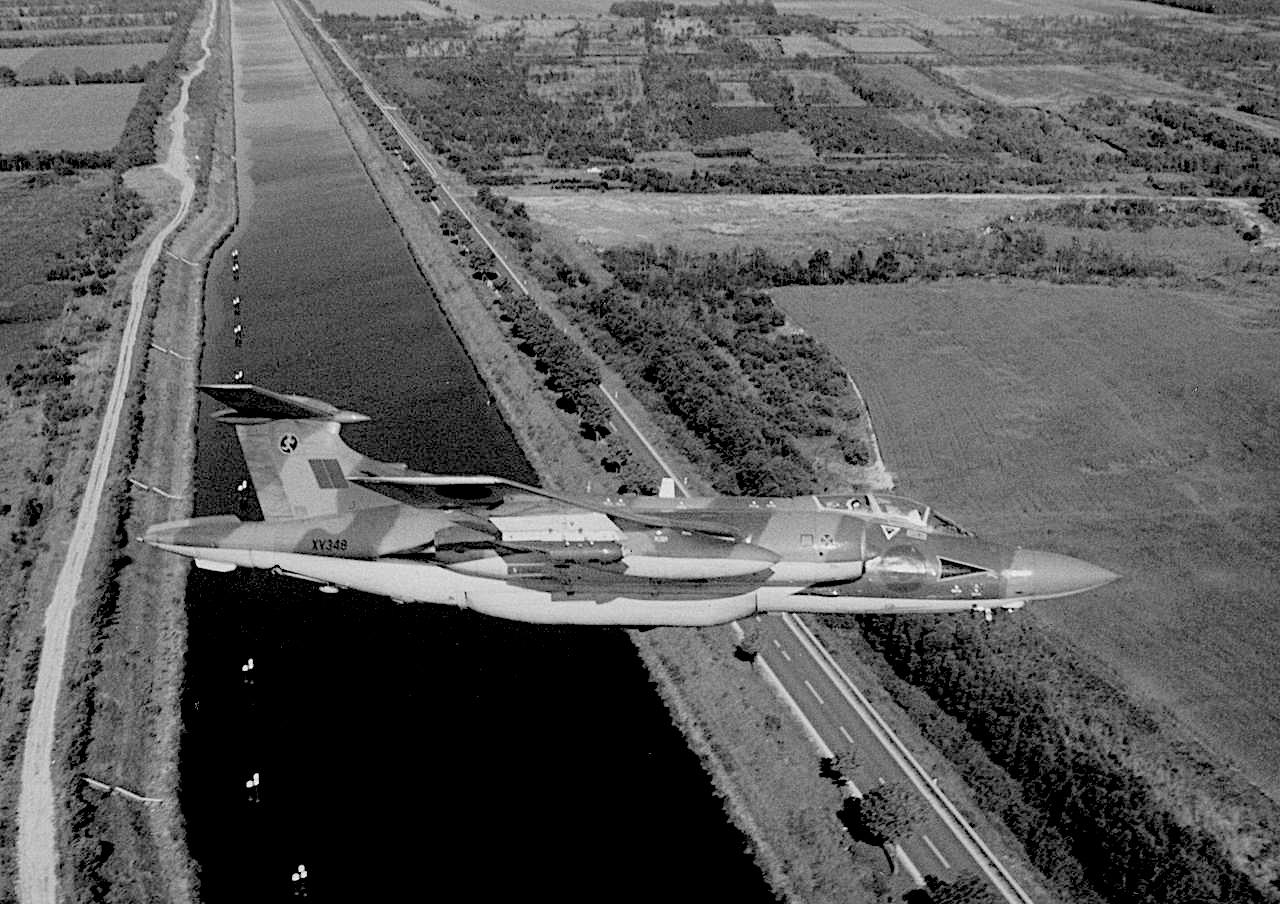
In my early service years I then progressed to the Buccaneer, firstly, flying in the overland Strike/Attack roles in Germany, and then in the UK flying in the Maritime/Attack roles. In 1978, I was then selected for a much sought after exchange tour with the United States Air Force flying the F-111A from Mountain Home Air Force Base, in Idaho. Here, I became acquainted with a formidable all-weather weapons platform and gained valuable experience of automatic terrain following, swing-wing technology, and most significantly the employment of air power on a strategic scale.
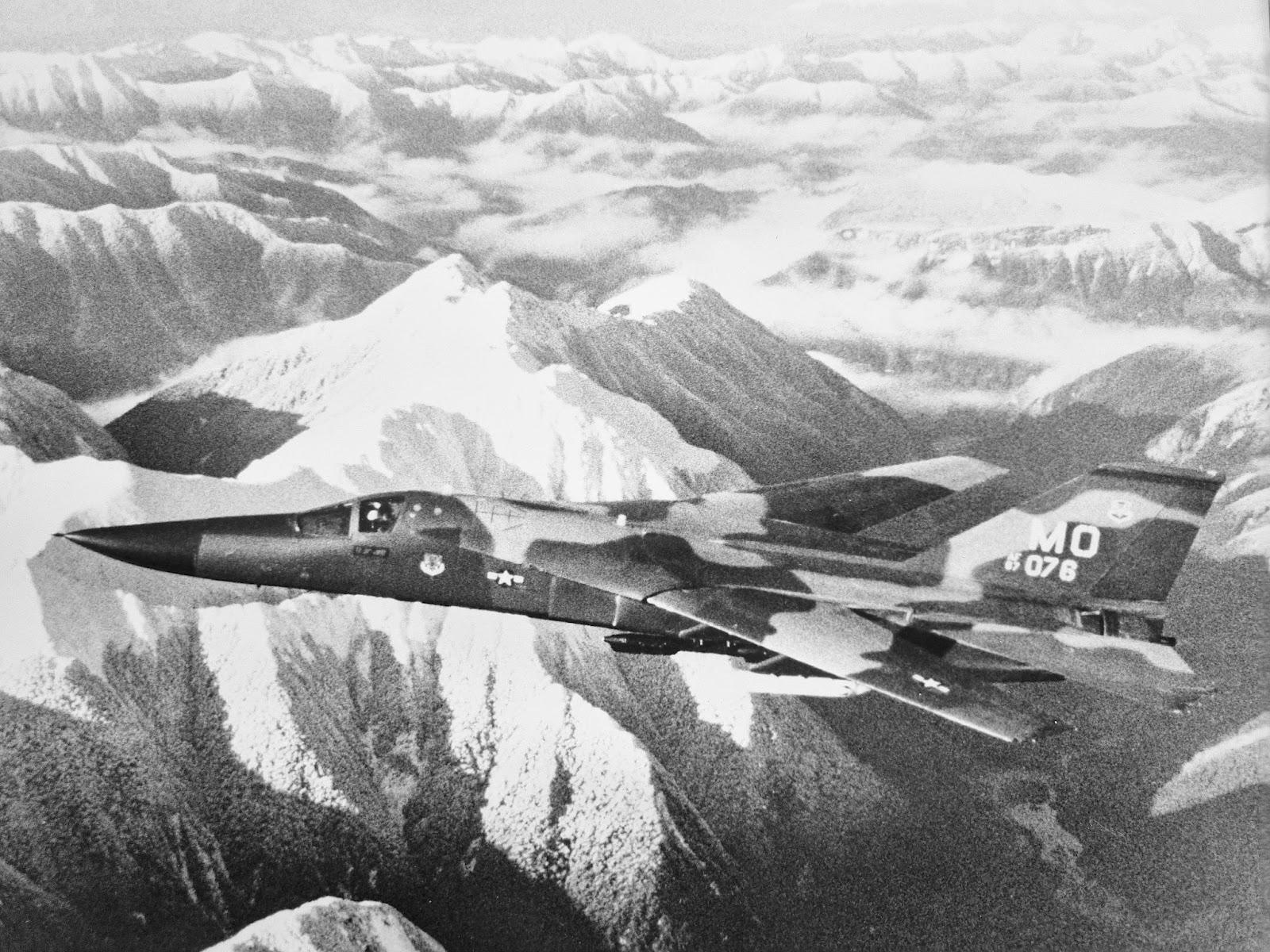
On return to the UK, I approached a new challenge as a flight commander on the premier RAF unit: 617 Squadron – the Dambusters – flying the new Tornado GR 1. Here, I had to manage the aspirations and egos of other aeronautical prima donnas. My assumed superiority after years of success, was swiftly deflated and I quickly learnt to start from basics, and to keep my aviation pedigree under my hat. Despite all this, I orchestrated the squadron’s participation in the USAF Strategic Command Bombing Competition in the western USA, winning both the Curtis E. LeMay and John C. Meyer Trophies (and second in the Mathis Trophy).
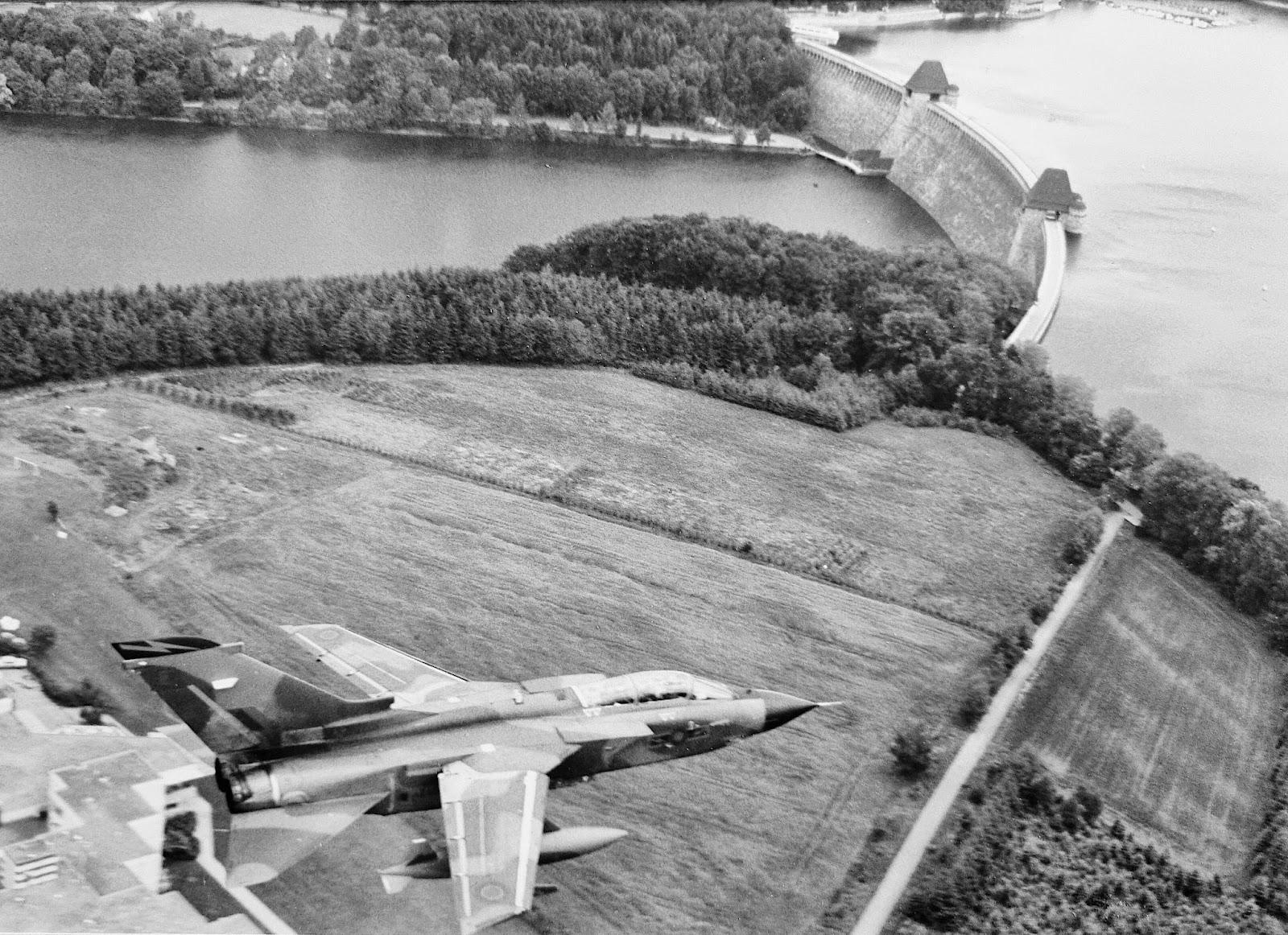
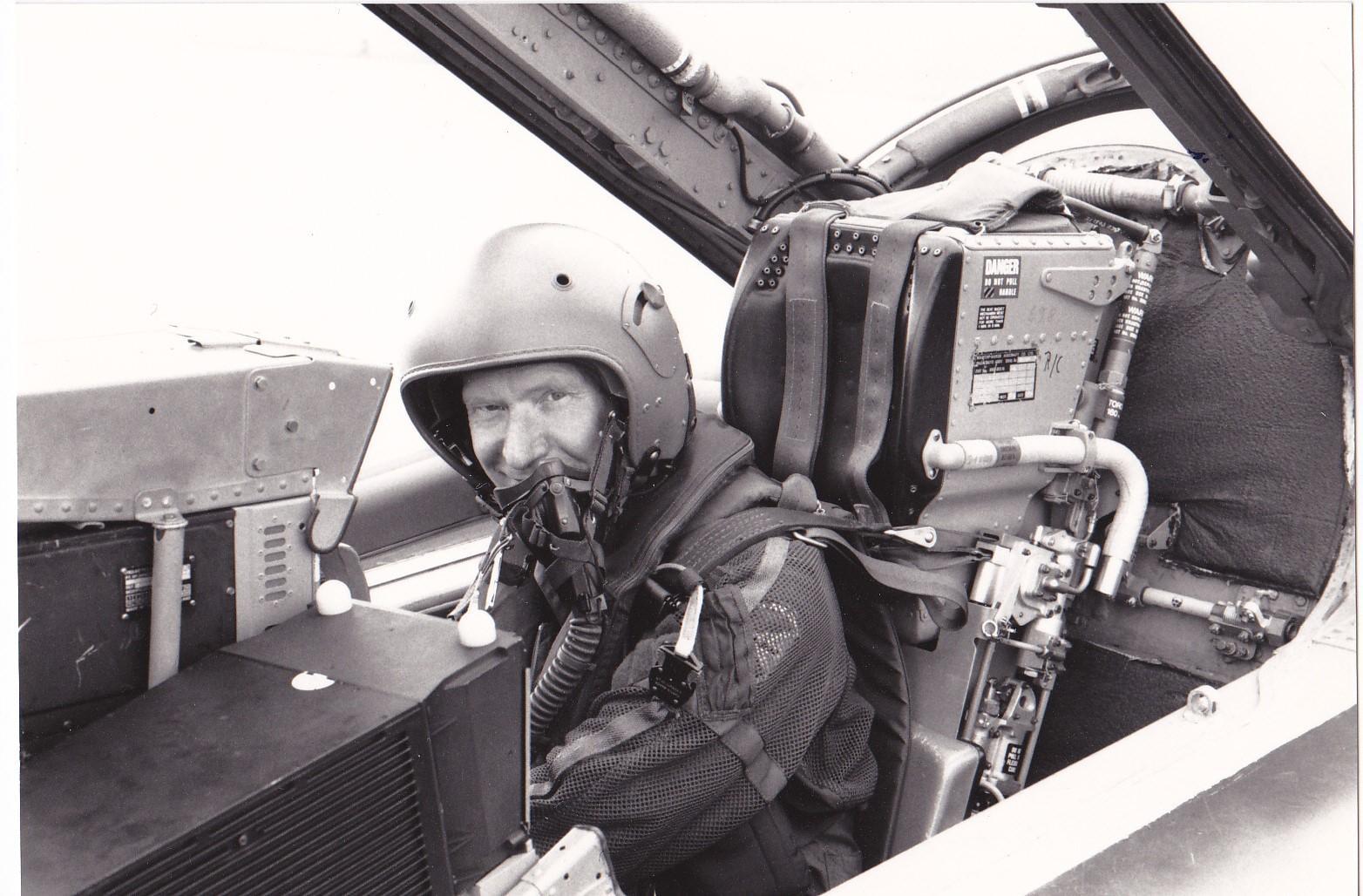
I returned to Germany in 1985, as a tactics instructor, specialising in Offensive Counter Air (OCA) on the staff of the Tactical Leadership Programme (TLP) on the German Air Force Base at Jever. I flew in numerous NATO aircraft as part of the programme, and was also ‘head hunted’ by the local German base commander to fly German Air Force Tornados as an weapons instructor. This tour in particular, restored my faith in the purity of honest tactical skills in the air, and the companionship of fellow NATO aviators.
On promotion to wing commander, I commanded Operations Wing at RAF Cottesmore which hosted the Tri-National Tornado Training Establishment. Here I continued flying the Tornado, and faced new challenges which would affect my perception of the direction the Royal Air Force was taking at the time.Towards the end of this tour I took over as Detachment Commander in Bahrain following the end of the first Gulf war.
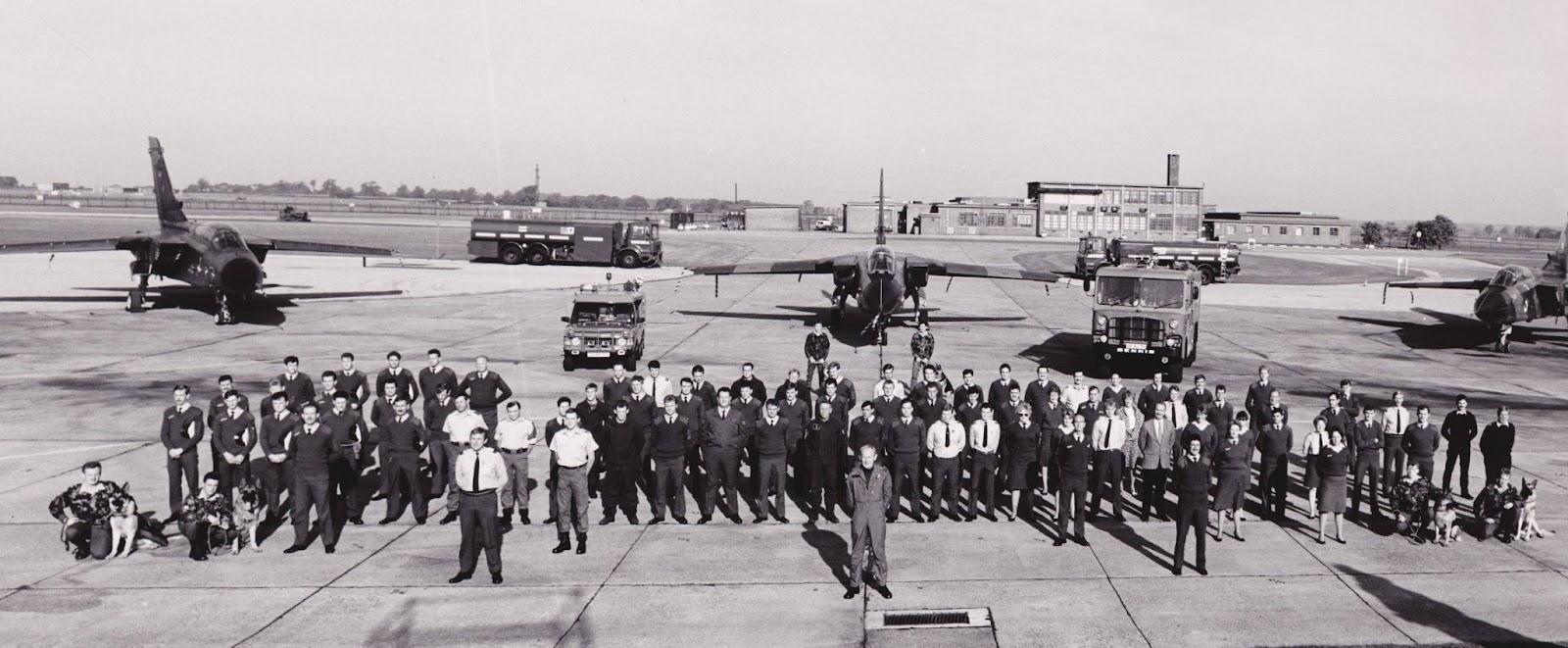
Subsequently, at HQ Strike Command, on my first ground tour, I gained an insight into the trials and tribulations of being a staff officer, but was fortunate to ‘escape’ back to Germany to represent RAF interests in the creation of a new NATO headquarters focused on rapid air reinforcement of the NATO flanks. Again I was detached on national duty to Saudi Arabia both in Riyadh and as Dhahran as detachment commander.
My career concluded with a meaningful role as the Senior RAF Liaison Officer in HQ 3 Air Force, USAF. Here as the principal Host Nation link to the MOD, I engaged with the USAF on the many issues affecting the USAF presence in the UK, including the Balkans war, and the aftermath of the 11 September 2001 attacks. Finally, when my career drew to an end, I was gifted with a flight in a USAF F-15E Strike Eagle – thus making a gratifying end to any Fighter Bomber’s career.
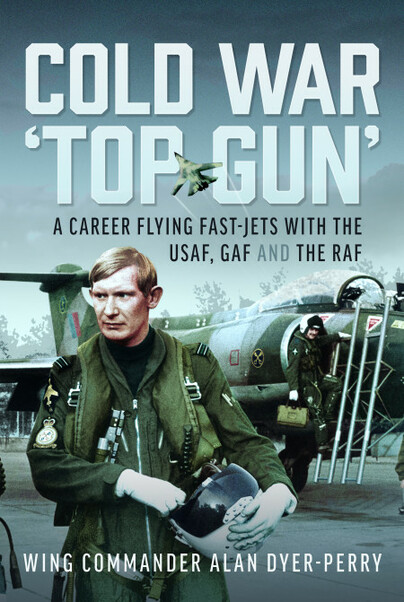
Order your copy here.
